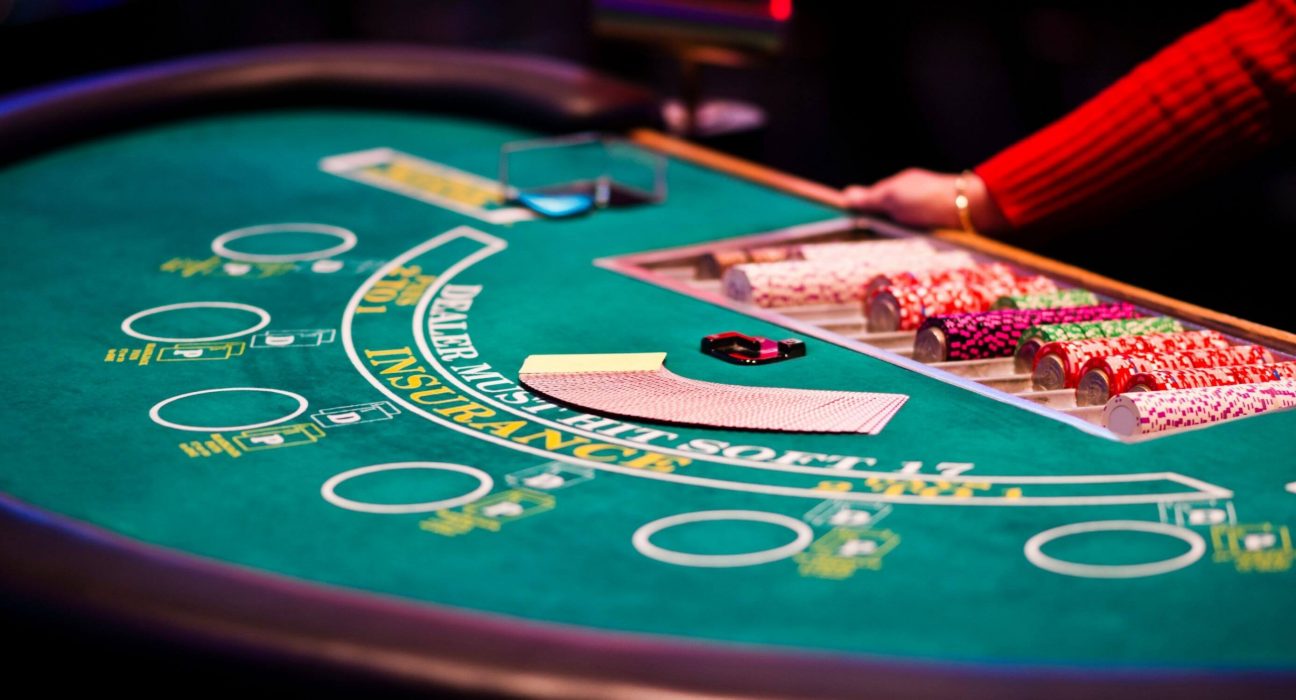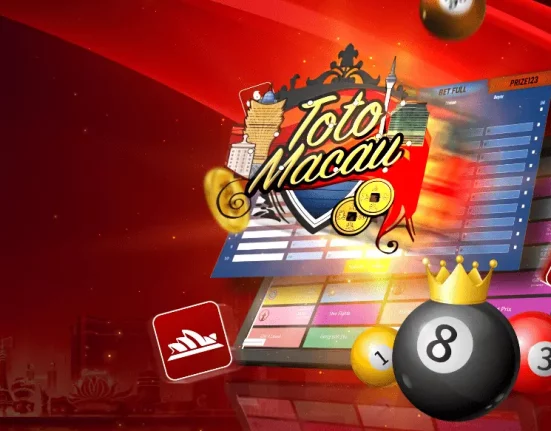If you’re a blackjack fan, you’ve probably heard the term “double down.” It’s a popular move in the game that can increase your potential payout, but only if used correctly. This article will cover everything you need to know about double down in blackjack, including what it is, when to use it, and the best strategies.
What is Double Down in Blackjack?
In blackjack, doubling down is a move that allows you to increase your bet after seeing your initial two cards. You can double your original bet and receive only one additional card. It’s a high-risk, high-reward move, as you can double your winnings or lose twice the amount if the third card is unfavourable.
When to Double Down in Blackjack
Knowing when to double down is crucial to your success in the blackjack. Here are some scenarios where it’s recommended to double down:
When your hand totals 9 and the dealer’s upcard is between 2 and 6
In this scenario, the dealer has a weak hand, and you have a strong chance of beating them. Doubling down increases your potential payout while reducing the house’s edge.
When your hand totals 10 and the dealer’s upcard is between 2 and 9
Like the previous scenario, you have a strong hand, and the dealer’s upcard is weak. Doubling down here gives you a significant advantage.
When your hand totals 11, regardless of the dealer’s upcard
With a hand total of 11, you’re in a favourable position to win. Doubling down increases your bet and gives you a better chance of winning.
When you have a soft hand (an Ace plus another card) and the dealer’s upcard is between 2 and 6
A soft hand gives you the flexibility to hit without fear of busting, and the dealer’s weak upcard makes doubling down a smart move.
When you have a pair of 5s or 6s and the dealer’s upcard is between 2 and 6
Doubling down with a pair of 5s or 6s is a unique strategy that few players use. However, it can be highly effective when the dealer’s upcard is weak.
Blackjack Double Down Strategy
You need to follow a sound strategy to maximize your chances of success when doubling down. Here are some tips to keep in mind:
Always look at the dealer’s upcard before doubling down
The dealer’s upcard is critical in determining when to double down. If the dealer has a weak upcard, you’re in a better position to take the risk and double down.
Understand the rules of the game.
Different variations of blackjack have varying rules for doubling down. Ensure you’re familiar with the rules before moving to double down.
Consider the size of your bankroll.
Doubling down can be risky, so you should only do it if you can afford to lose the additional bet. If you’re playing with a limited bankroll, sticking to smaller bets and avoiding doubling down is better.
Avoid doubling down when the dealer has a strong upcard.
If the dealer has a strong upcard, it’s best to avoid doubling down. That reduces your chances of winning and increases the risk of losing twice the amount.
Practice and perfect your strategy
The best way to improve at doubling down is to practice the strategy repeatedly. That will help you better understand when to double down and when to avoid it.
Conclusion
Knowing when to double down in blackjack is crucial to maximizing your chances of winning big. It’s a high-risk, high-reward move that can increase your potential payout, but only if used wisely. By following the recommended scenarios and tips outlined in this article, you can enhance your blackjack game and make smarter decisions when doubling down.
Doubling down is an exciting move that can add extra excitement to your blackjack game. However, using it correctly and relying on something other than it as your primary strategy is essential. You can increase your potential payout and become a more successful blackjack player with a sound understanding of when to double down and a well-crafted strategy. So, head over to your favourite online casino, and put your newfound knowledge to the test!








